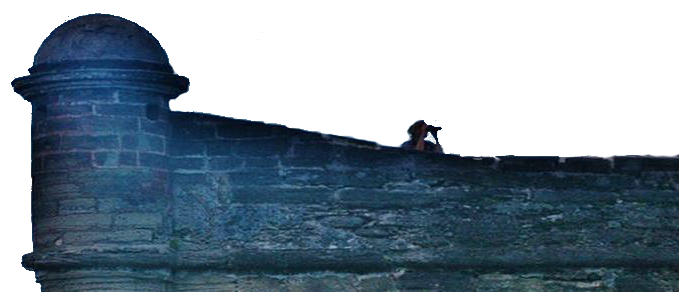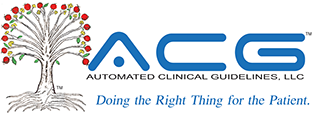M40.0
Postural
Kyphosis
M40.1
Other
Secondary Kyphosis
M40.2
Other & Unspecified Kyphosis
M40.3
Flatback
Syndrome
M40.4
Postural
Lordosis
M40.5
Lordosis,
Unspecified
M41 Scoliosis
M41.0
Infantile
Idiopathic
Scoliosis
M41.1
Juvenile & Adolescent Idiopathic
Scoliosis
M41.2
Other Idiopathic Scoliosis
M41.3
Thoracogenic Scoliosis
M41.4 Neuromuscular Scoliosis
M41.5
Other Secondary Scoliosis
M41.8
Other
Forms of Scoliosis
M41.9
Scoliosis, Unspecified
Kyphosis and lordosis M40- >
Type 1 Excludes
congenital kyphosis and lordosis (Q76.4)
kyphoscoliosis (M41.-)
postprocedural kyphosis and lordosis (M96.-)
Scoliosis M41- >
Type 1 Excludes
congenital scoliosis NOS (Q67.5)
congenital scoliosis due to bony malformation (Q76.3)
postural congenital scoliosis (Q67.5)
kyphoscoliotic heart disease (I27.1)
postprocedural scoliosis (M96.-)
Includes
kyphoscoliosis
Clinical Information
A congenital or acquired spine deformity characterized
by lateral curvature of the spine.
A disorder characterized by a malformed, lateral curvature
of the spine.
Abnormal lateral curvature of spine
An appreciable lateral deviation in the normally straight
vertical line of the spine. (Dorland, 27th ed)
Scoliosis causes a sideways curve of your backbone, or spine.
These curves are often s- or c-shaped. Scoliosis is most common
in late childhood and the early teens, when children grow fast.
Girls are more likely to have it than boys. It can run in families.
Symptoms include leaning to one side and having uneven shoulders
and hips.sometimes the curve is temporary. It might be due to muscle
spasms, inflammation or having different leg lengths. A birth defect,
tumor or another disease might cause the spine to have a curve that
isn't temporary. People with mild scoliosis might only need checkups
to see if the curve is getting worse. Others might need to wear a
brace or have surgery. nih: national institute of arthritis and
musculoskeletal and skin diseases.
Other deforming dorsopathies M43- >
Type 1 Excludes
congenital spondylolysis and spondylolisthesis (Q76.2)
hemivertebra (Q76.3-Q76.4)
Klippel-Feil syndrome (Q76.1)
lumbarization and sacralization (Q76.4)
platyspondylisis (Q76.4)
spina bifida occulta (Q76.0)
spinal curvature in osteoporosis (M80.-)
spinal curvature in Paget's disease of bone [osteitis deformans] (M88.-)
M42.0
Juvenile Osteochondrosis
of Spine
M42.1
Adult Osteochondrosis
of Spine
M42.9
Spinal Osteochondrosis, Unspecified
M43 Other Deforming Dorsopathies
M43.0 Spondylolysis
M43.1 Spondylolisthesis
M43.2
Fusion
of Spine
M43.3 Recurrent Atlantoaxial Dislocation with Myelopathy
M43.4
Other Recurrent Atlantoaxial Dislocation
M43.5
Other Recurrent Vertebral Dislocation
M43.6 Torticollis
™


Copyright 2006-2023 Automated Clinical Guidelines, LLC. All rights reserved.
™
.png?crc=4187891543)
Home Contact FAQ
Account
